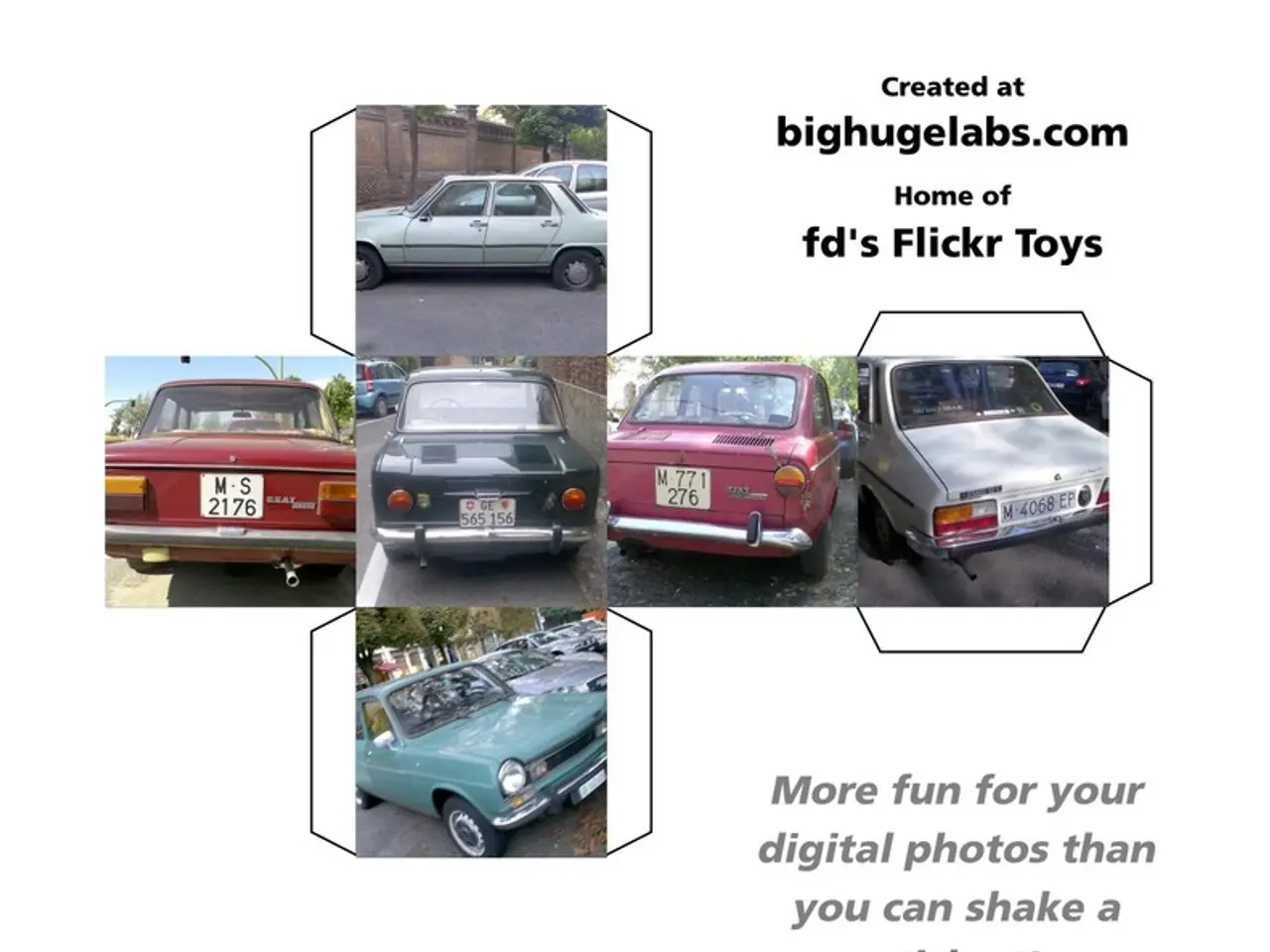Tips to Cut Down on Driving Licence Costs: Maximum Savings of €4,500
The German driving license reform, aligning with the upcoming EU driving license directive, aims to reduce costs and improve pass rates through a series of innovative changes. The reform focuses on digitalization and simulation to make the licensing process more efficient and accessible.
At the heart of the reform is the digitalization of the license and training. The plan is to introduce a digital driving license, accessible via a smartphone app, making the physical plastic card obsolete and easing administrative burdens amid chip shortages. Additionally, learners will be allowed to undertake theory training in one EU country and practical training in another, increasing convenience and potentially reducing costs related to travel and training logistics.
Practical driving training can only begin after the theory exam is passed, potentially ensuring better-prepared learners enter driving practice. A part of the driving test may also be taken on simulators rather than in real traffic. This sequencing and simulation in training are designed to improve learning outcomes and pass rates, as well as standardize the delivery of theoretical content and assessments.
However, the implementation of these changes is uncertain due to the priority of other transportation-related issues. The proposed use of driving simulators for training is a means to make training more efficient, but concerns about high acquisition costs for smaller driving schools exist. The Federal Association of Driving Instructors (BVF) warns that simulators should not replace the complex reality of road traffic.
The reform holds promise for cost-effectiveness and higher pass rates, but successful implementation will depend on overcoming technological, regulatory, and accessibility challenges. Initial investment and technology adoption, regulatory acceptance and standardization, digital divide issues, and maintaining engagement and quality are key concerns that need to be addressed.
To help learners save costs before the driving license reform, seven tips are suggested: checking the transparency and seriousness of driving schools, using trial lessons, considering cheaper locations, optimizing planning, switching early if it doesn't fit, and documenting everything in writing before contract signature.
The Association of Innovative Driving Schools in Germany (VIFD) points out long waiting times for theory lessons, driving lessons, and examination dates as significant challenges. Driving simulators could impart basic skills in the virtual space, potentially reducing waiting times and increasing the efficiency of the training process.
The transport associations do not view the problems as being in the services of driving schools. The BVF highlights that more driving lessons are required to meet examination requirements due to increased traffic density, more traffic participants, and new car systems. The VIFD emphasizes the need for shorter waiting times and more flexible scheduling to improve the overall driving training experience.
The drafts for an amendment have been approved by the Transport Ministers' Conference, with the amendment set to be implemented in autumn 2024. The reform, if successful, will not only reduce costs and improve pass rates but also contribute to a safer driving environment and harmonized driver education across Europe.
[1] Source: Federal Ministry of Transport and Digital Infrastructure (BMVI)
- The digitalization and simulator-based training proposed in the German driving license reform are aimed at enhancing personal-finance by reducing costs associated with travel and training logistics, as well as improving education-and-self-development through a more efficient and accessible licensing process.
- General-news outlets report concerns about the high acquisition costs for smaller driving schools regarding the proposed use of driving simulators for training, adding a layer of complexity to the successful implementation of the reform, and emphasizing the need for innovative solutions to overcome these challenges.




